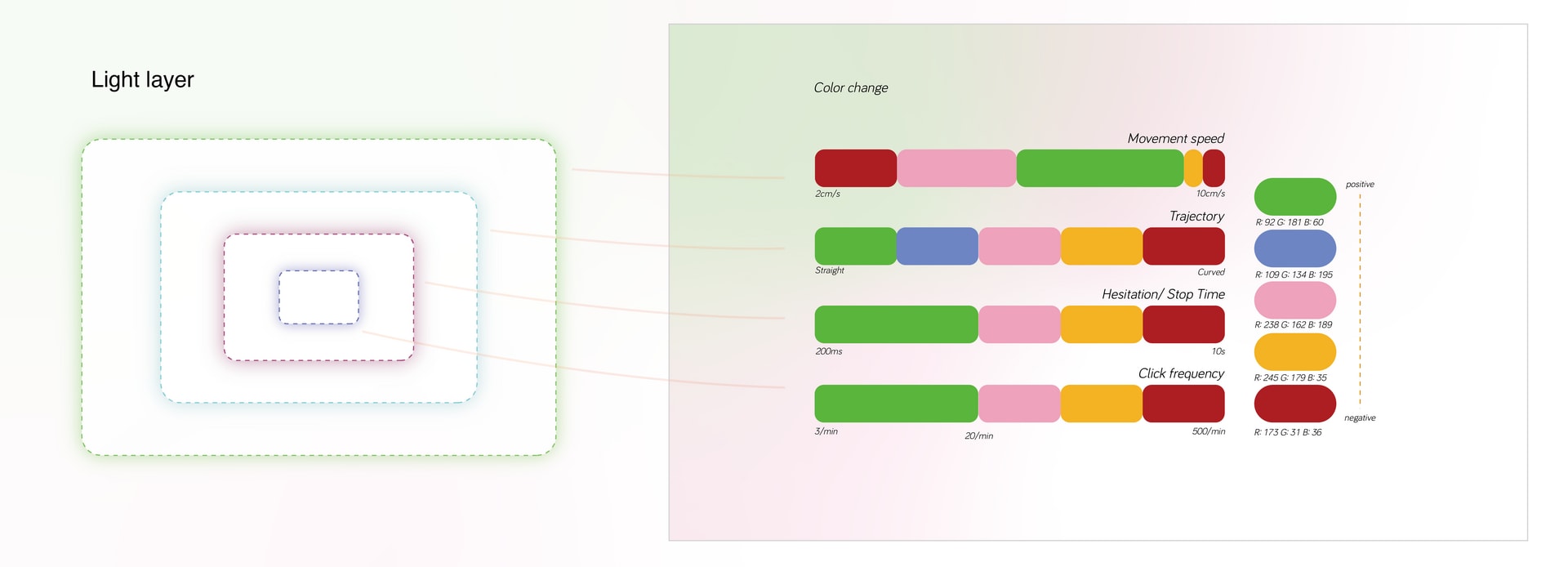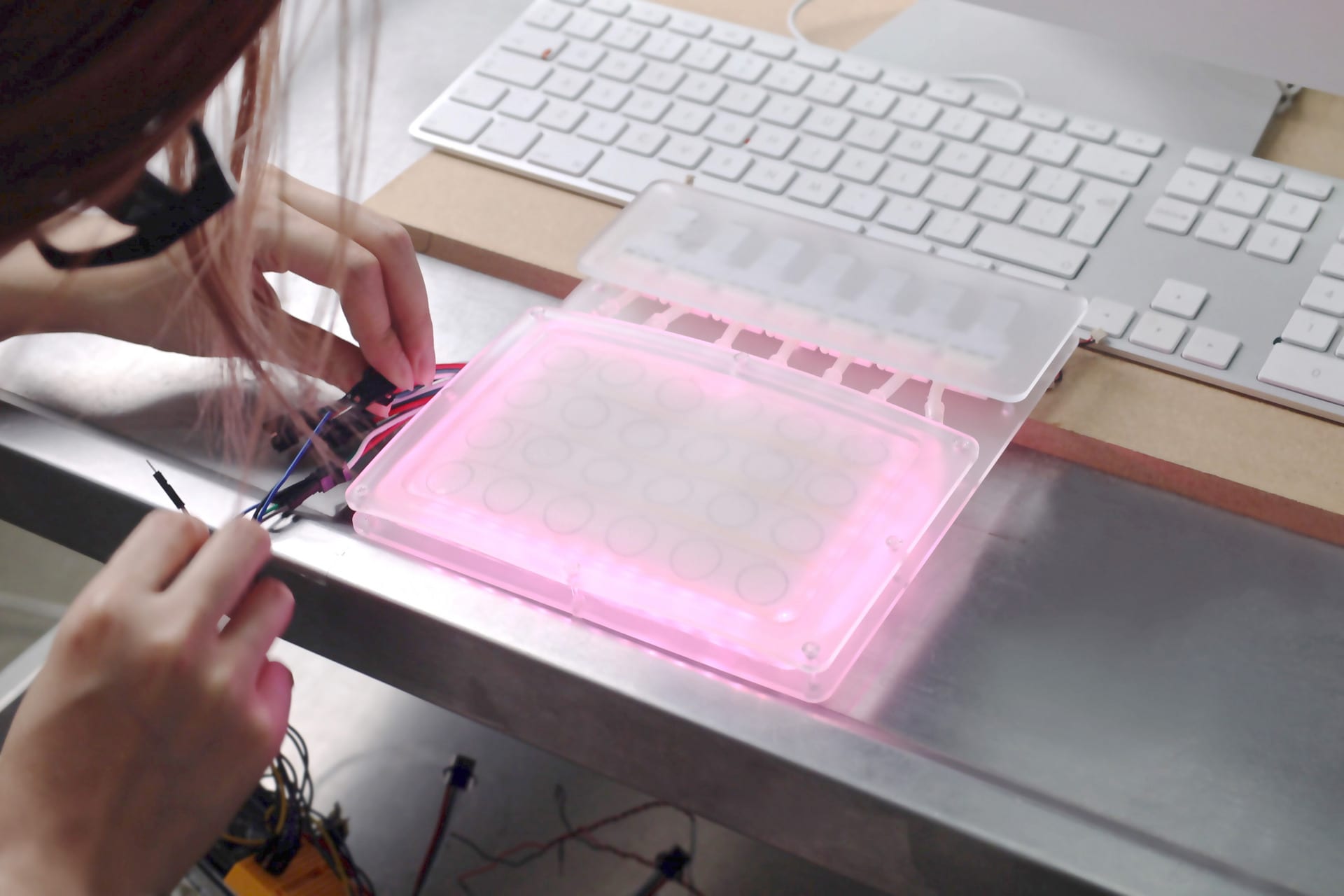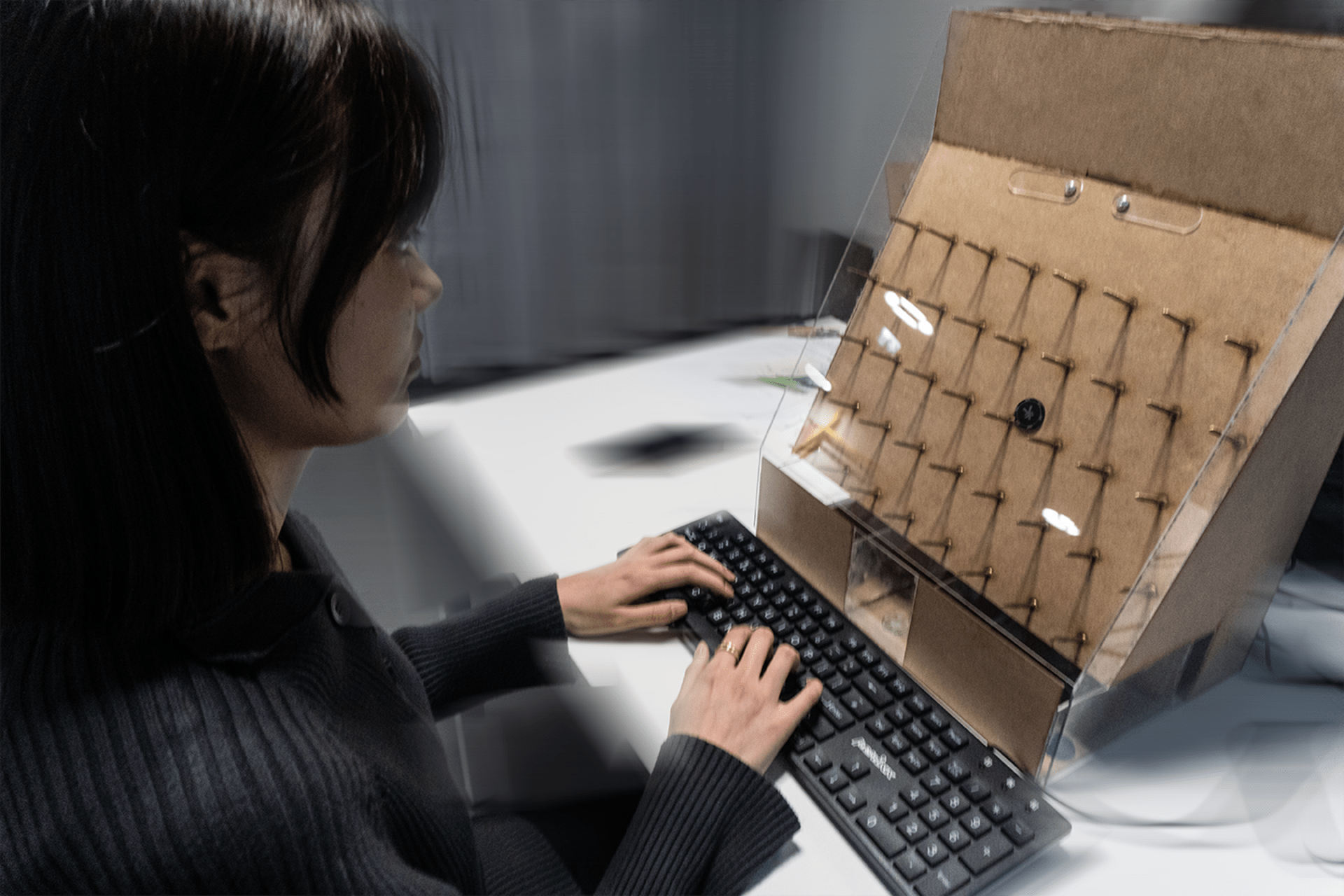Ye Jian, as a product designer and interaction designer, has a keen interest in exploring the way things and people interact. The themes of her work often focus on fair design, inclusive design, health and other topics.
She makes use of design as a hub to influence people's transition from information consumption to information seeking. She intends to explore how an organism's different senses interact with its environment to create a range of narratives, including those that take the form of story space, formal space, and psychological space.

















